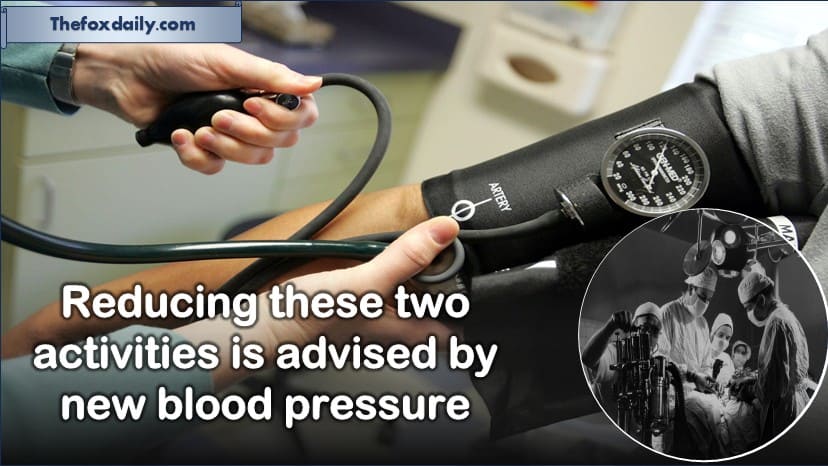
Since 2017, the American Heart Association and the American College of Cardiology have released their first updated set of recommendations to assist reduce hypertension.
The new guidelines, which are being followed by clinicians across the country, advise Americans to reduce their alcohol use. Although abstaining from alcohol completely is ideal, the groups discovered that women should restrict their daily alcohol consumption to one drink and males to no more than two.
According to a paper released on August 14, drinking alcohol causes both systolic and diastolic blood pressure to rise over time. According to the findings, people who abstain from alcohol have the lowest risk of developing hypertension, and those who cut back on their consumption by at least 50% saw their blood pressure levels return to normal.
Instead of only recommending treatment for patients with stage 2 hypertension, the new guidelines now direct physicians to consider treatment for individuals with stage 1.
Clinicians are now encouraged to suggest lifestyle modifications to patients in the 130–139 mm Hg range, even though the 2017 guidelines would have prescribed medication and lifestyle adjustments to patients with a systolic blood pressure level of 140 mm Hg or higher. The blood pressure gauge measures the pressure in your blood vessels using a unit of measurement known as millimeters of mercury (mm Hg).
“The 2025 guideline aims to help clinicians help more people manage their blood pressure and reduce the toll of heart disease, kidney disease, Type 2 diabetes, and dementia by addressing individual risks earlier and offering more tailored strategies across the lifespan,” stated Dr. Daniel Jones, chair of the guideline writing committee, in a news release.
Reducing salt intake is still advised by guidelines.
Experts still stress that reducing salt consumption is crucial to reducing hypertension. Health recommendations state that people should consume no more than 2,300 mg of sodium daily, with 1,500 mg being the best daily goal.
The survey highlights that rather than adding salt to their own food, the majority of adults obtain their sodium intake from eating packaged and restaurant items. The new guidelines advise consumers to use potassium-enriched salt replacements wherever possible and to check the sodium level of the foods they eat.
The DASH eating plan, which emphasizes meals high in vegetables, fruits, whole grains, legumes, nuts, seeds, and low-fat or nonfat dairy products, as well as lean meats and poultry, fish, and non-tropical oils, is one example of the heart-healthy diet that the guidelines advise people to follow.
Experts advise engaging in at least 75–150 minutes of physical activity per week, ranging from weight training to cardiovascular exercises.
Is the primary cause of death still heart disease?
According to the report, there are numerous strategies to prevent hypertension and maintain a healthy blood pressure, yet heart disease still ranks as the leading cause of death in the US and around the world.
Nearly half (46.7%) of adults in the U.S. have higher-than-normal blood pressure, referring to either stage 1 or stage 2 hypertension.
People with a systolic blood pressure of 130 to 139 mm Hg or a diastolic blood pressure of 80 to 89 mm Hg are considered to have stage 1 hypertension.
In contrast, people with a systolic blood pressure of 140 mm Hg or above or a diastolic blood pressure of 90 mm Hg or greater are considered to have stage 2 hypertension.
What elements influence blood pressure?
The following are some of the elements listed in the new guidelines that affect blood pressure:
- genetic, hormonal, environmental, and behavioral factors.
- Quality of diet
- Dietary aspects include alcohol consumption (few to none is advised), potassium intake (greater is recommended), and salt intake (lower is recommended).
- Consumption of plant protein, fiber, calcium, and magnesium
- Weight and associated metabolic problems
- Insulin resistance, age, and obesity
- Psychosocial stressors and sleep disruptions
- Fitness and physical activity
- Chemical poisons and environmental exposures, such as air pollution and heavy metals
For breaking news and live news updates, like us on Facebook or follow us on Twitter and Instagram. Read more on Latest Health on thefoxdaily.com.






COMMENTS 0